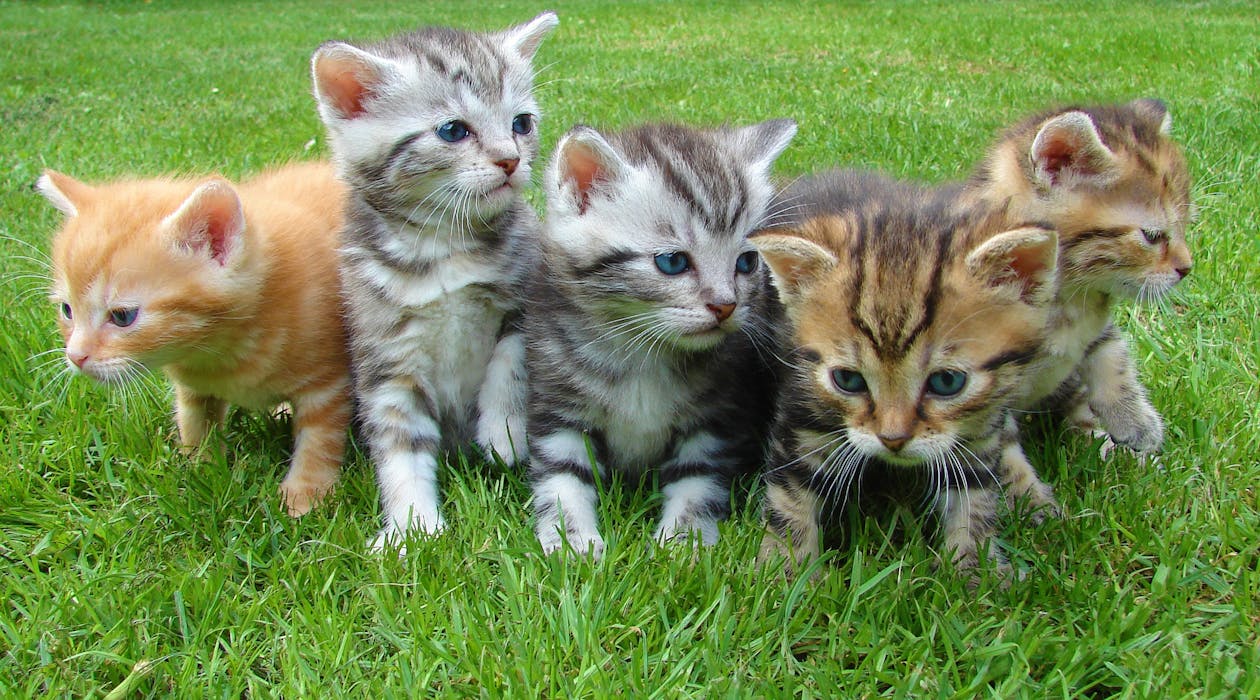About Us
Welcome to our website dedicated to life on land!
Our website aims to provide you with valuable insights and information about the vast and diverse array of life forms that inhabit our planet's terrestrial ecosystems. From the towering trees of tropical rainforests to the rugged deserts of the Sahara, life on land encompasses an incredible range of flora and fauna, each with its unique adaptations and behaviors. Through our website, you can learn about the different types of terrestrial habitats and ecosystems, including forests, grasslands, tundra, and more. We also delve into the various factors that influence life on land, such as climate, geology, and human impact.!



















